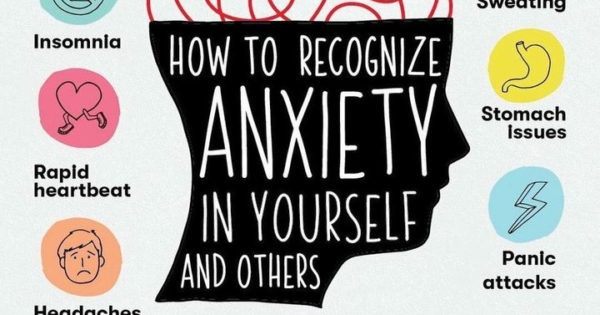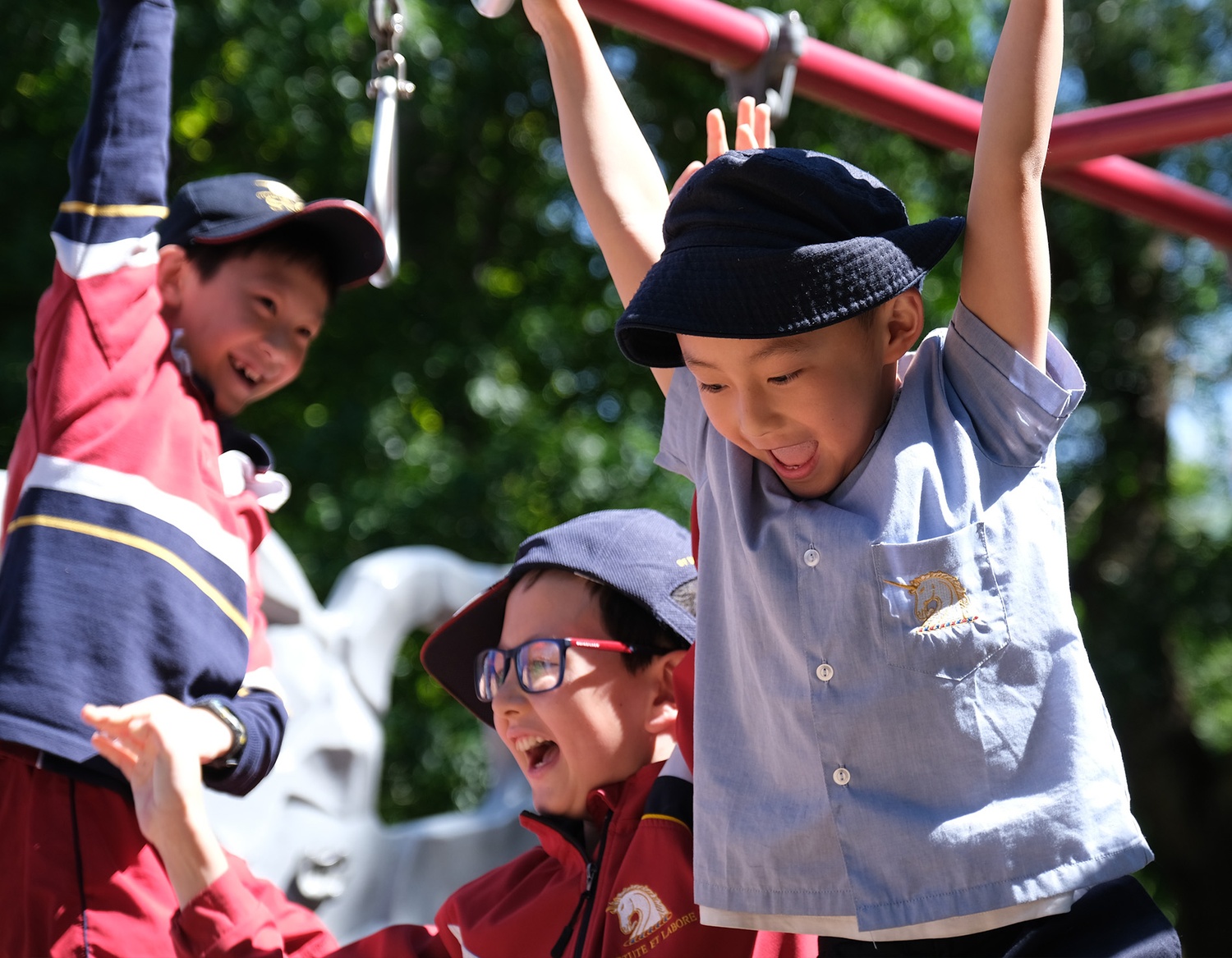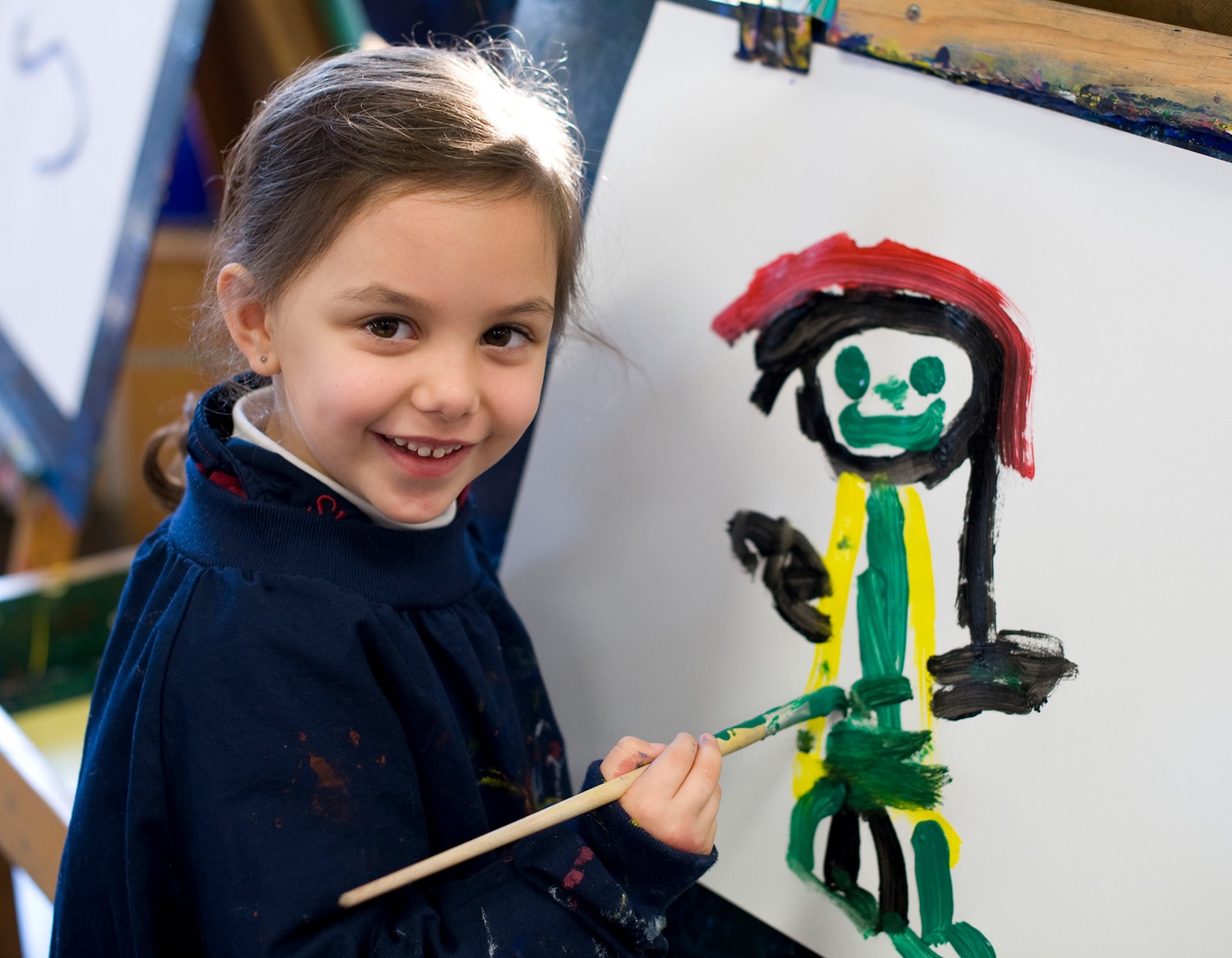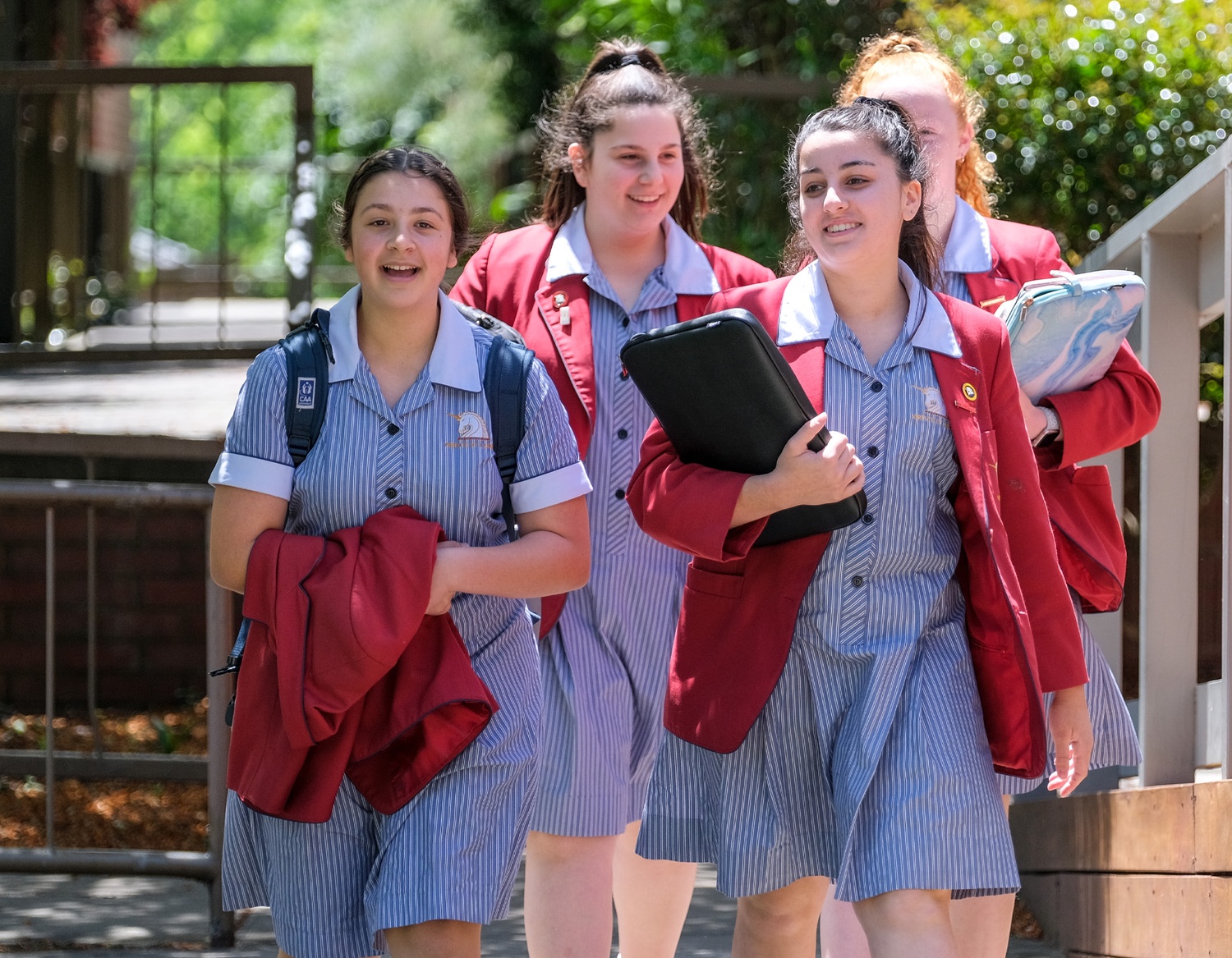
Strategies for Managing Anxiety
The following advice is taken from an article published on the Mindshift website: https://www.kqed.org/mindshift/54238/your-strategies-for-supporting-anxious-kids-at-home-and-at-school
Teachers and parents all over the country are noticing an increase in mental health issues, including anxiety, among students. The National Institute of Mental Health estimates a third of adolescents in the United States have been or will be seriously affected by anxiety in their lifetimes. And anxiety can have serious effects on academic achievement, class participation, and teens’ social lives. It’s also hard on parents who are trying to help their children deal with anxiety.
We asked parents to share the strategies they use to effectively deal with anxiety at home and at school.
One wrote:
“For my kiddo, helping him to know exactly what is going to happen next – giving him space to ease into an environment (i.e. sitting on a chair until he is ready to join the rug) and following through on what I say I’m going to do.”
Another:
“Reminding them of times that they pushed through their anxiety and had a positive experience by naming specific qualities that allowed them to do so. And meeting them where they are at by really listening to how they are feeling. Asking them ‘what is the worst that could happen?’ and then brainstorm possible responses in order to show them that they have many tools in their belt to deal with things that make them anxious. Follow up and celebrate successes to build confidence. Challenge them to face fears by giving them specific ways to react and practice this through role playing with the child. Make the role play child friendly by turning it silly from time to time. Most of all love them as loudly as you can so it is clear that you are always their safe space.”
Another parent shared a resource that helped her family.
“A really good book is “Anxious Kids, Anxious Parents” by Lynn Lyons. There is a companion workbook for kids if you want it for them, as well as some online support through YouTube videos. It helps you, as a parent, to reframe anxiety for your child and allow them to take control of their own feelings. It gently urges you to look at the well-intentioned ways that we, as parents, often support and may contribute to our child’s anxiety. This book has helped my family out tremendously and I have even used some of the techniques with my students.”
In addition to calming strategies and helping kids reframe their thoughts, parents sometimes have the tricky job of pushing kids to face their anxieties.
“Educating them on anxiety so they can recognise it for what it is. Teaching deep breathing and helping them practice it. Helping them reframe their thoughts. Teaching them to pre-plan for things that may come up that cause them anxiety. And sometimes tough love, our son got anxious and wouldn’t order his food at a fast food place. We told him when he got hungry enough and decided what he wanted, he could go order. He did it eventually.”
Teachers also had specific strategies and practices they use with students, some of which overlap with the calming and grounding strategies that parents find helpful. If parents are concerned about their child’s learning progress and suspect that anxiety levels are too high and are affecting this progress, please contact the school.
Listen and subscribe to the MindShift podcast on anxiety from your mobile device:
via Apple Podcasts | via Stitcher | via NPROne | via Spotify
Ms Linda Shardlow
Director of Staff Learning and Research






